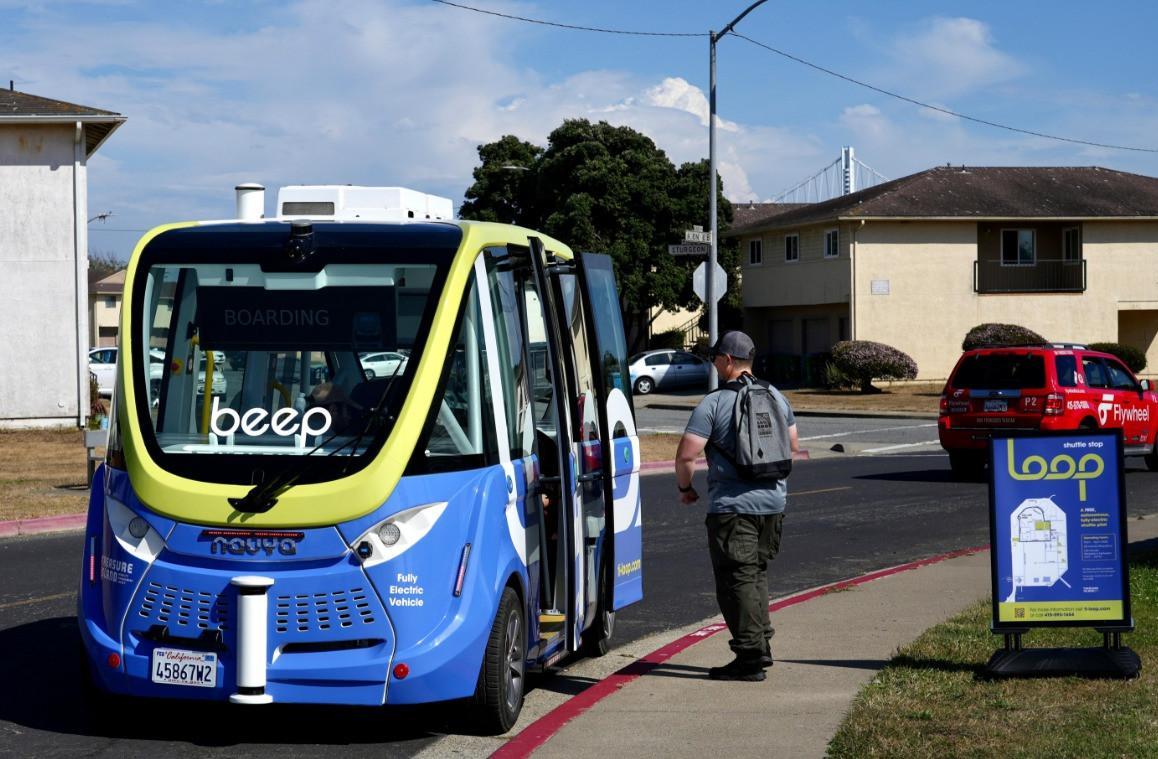
This California summer, passersby on the streets of San Francisco can be divided into two camps: Blase locals who are used to a parade of moving cars with no drivers or gobsmacked tourists fumbling for their smartphones to capture this long-promised vision of the future.
The vehicles in San Francisco are operated by Waymo and General Motors owned Cruise and earlier this summer both operators received permission by a California regulator to operate 24/7 across the city except on freeways.
This made San Francisco the first major city with two fleets of driverless vehicles fully operating that the companies hope will drive their expansion elsewhere across the United States.
Accompanied by AFP, Isaac, a San Francisco resident and stay at home Dad, ordered his first ride on Cruise's app.
"Percussion," the vehicle's name, arrived quickly. But instead of taking the direct route, which would have led to a supermarket in less than five minutes, the trip followed a long, unexplained detour.
"I'm actually impressed. It's decent at braking. It's not all psycho about slamming on the brakes and accelerating really quickly," said Isaac.
Isaac turned his attention to a quiz on the screen before him.
But he disagreed with the answer about the best burrito in San Francisco. "It's a good driver but I'm not sure it has good taste in burritos."
Twenty minutes and a dozen questions later, Percussion finally arrived at its destination, but parked quite far from the store, probably because of the roadworks.
Not that Isaac was discouraged: "It was awesome. I would do it again anytime."
"It's very peaceful. There's no chatter. There's not a weird radio station playing random music," he observed.
And if it was the same price as an Uber "I would go for the robot because I'm kind of antisocial."
Waymo tester Katherine Allen was also sensitive to the social aspect.
"The advantage that they have over human drivers is that they're cautious, which can be really annoying to other drivers," she said.
But "there's not going to be any road rage" from a robotaxi, she added.
Taking on her role as a tester, Allen gave the emergency "pull over" button a go and the vehicle veered safely to the side as intended.
Resuming the journey proved difficult. Human drivers showed no mercy for a robot wanting to get back in the driving lane.
So far, most incidents have involved vehicles stopped on the road.
But local authorities have nevertheless asked Cruise to halve its fleet in San Francisco [to 50 cars active during the day and 150 at night], while it investigates two collisions that occurred last week, including one with a fire truck.
Even in this tech-crazed city, robotaxis are a divisive issue.
Environmental activists criticize them for perpetuating the reign of the private car, while associations for the disabled say they are not sufficiently adapted to their needs, and trade unions fear job losses.
But the excitement is there: Waymo says it has